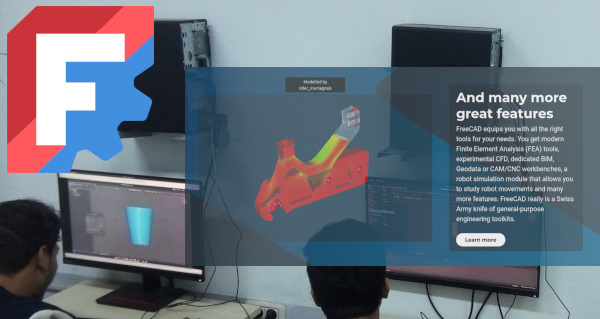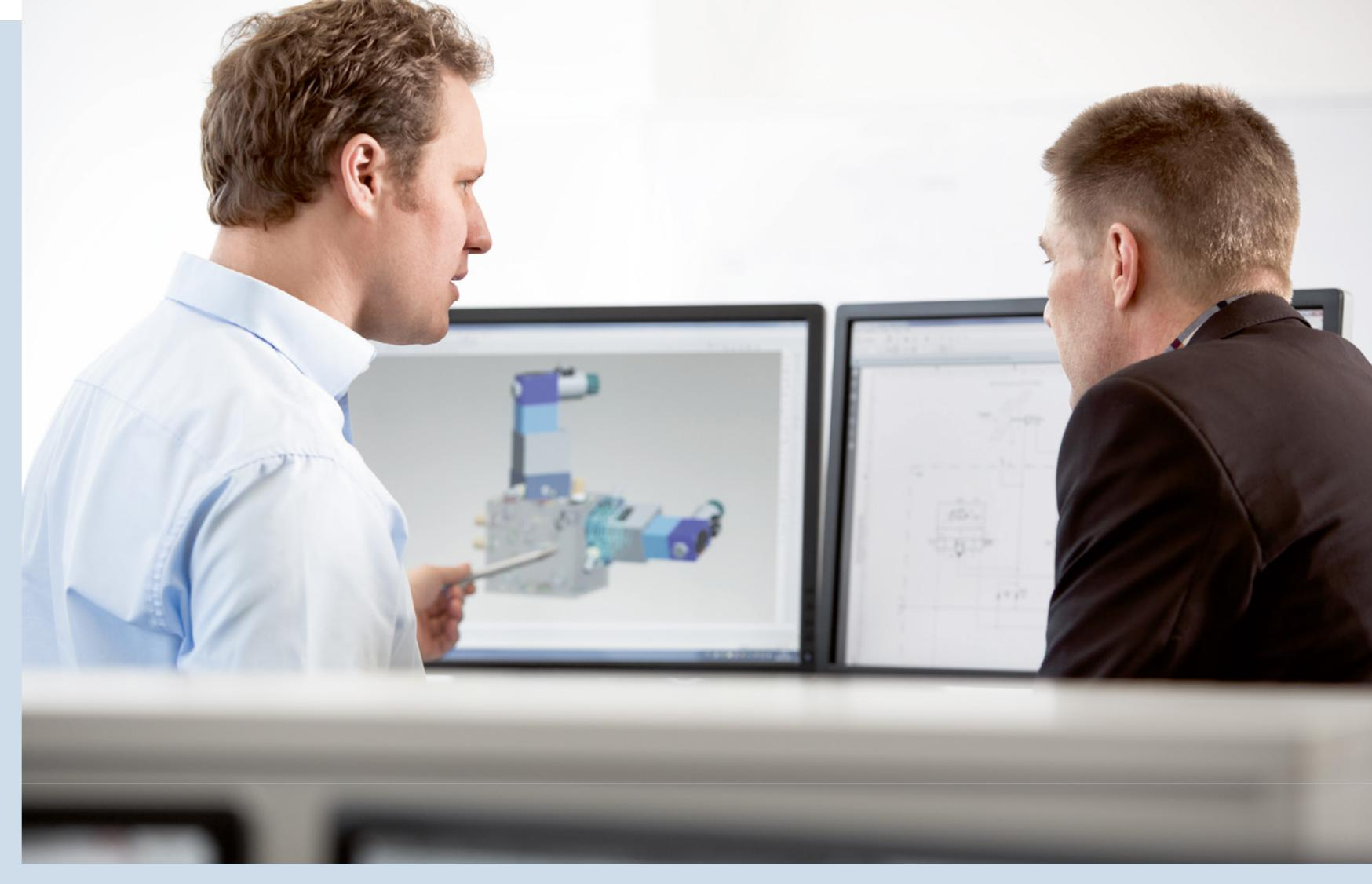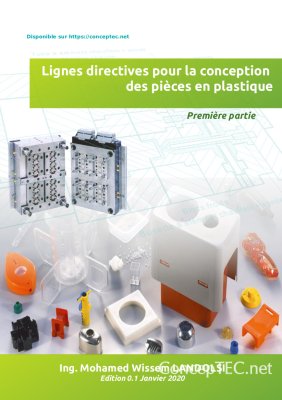FreeCAD: The Perfect Tool for Teaching CAD
FreeCAD is a versatile and comprehensive CAD software that covers all the essential aspects of CAD design, making it an ideal tool for educators and students alike. Here’s why:
Comprehensive Features: FreeCAD offers a wide range of functionalities, including 2D drafting, 3D modeling, parametric design, and simulation. These features allow students to explore the full spectrum of CAD design, from basic concepts to advanced techniques.
Open-Source Advantage: Being open-source, FreeCAD provides a unique opportunity for students to delve into the inner workings of CAD software. This transparency fosters a deeper understanding of CAD principles and encourages experimentation and customization.
Cost-Effective: FreeCAD is completely free, making it accessible to educational institutions and students who may not have the budget for expensive commercial software. This democratizes access to CAD education, leveling the playing field for learners worldwide.
FreeCAD in Industrial Projects: A Hidden Gem
While FreeCAD is often associated with education, it is also a capable tool for industrial applications. Here’s how FreeCAD holds its own in professional settings:
Lightweight and Efficient: FreeCAD is a lightweight software that runs smoothly even on older hardware, especially on Linux systems. This makes it a practical choice for small to medium-sized businesses that may not have the resources to invest in high-end workstations.
Parametric Design: FreeCAD’s parametric modeling capabilities allow designers to create flexible and adaptable models. This is particularly useful in industries where designs need to be frequently modified or customized.
Open-Source Flexibility: The open-source nature of FreeCAD means that it can be tailored to meet specific project requirements. Companies can modify the software to suit their workflows, something that is often impossible with proprietary CAD tools.
Why FreeCAD is Underutilized: The Cultural Barriers
Despite its many advantages, FreeCAD has yet to achieve widespread adoption in the professional CAD community. Several cultural and historical factors contribute to this:
Pirated Commercial Software: The availability of cracked versions of commercial CAD software has created a barrier to FreeCAD’s adoption. Many users opt for pirated versions of tools like SolidWorks or AutoCAD, rather than exploring legitimate open-source alternatives.
Dominance of Commercial Software: The CAD industry has long been dominated by a few key players, such as Autodesk and Dassault Systèmes. These companies have established a strong foothold in the market, making it difficult for newer tools like FreeCAD to gain traction.
Windows-Centric Workflows: Many industries rely heavily on Windows-based systems, and open-source software is often associated with Linux. While FreeCAD is available on Windows, the perception that it is a “Linux tool” may deter some users from giving it a try.
The Future of FreeCAD: Breaking Barriers
The future looks promising for FreeCAD, as the open-source movement continues to gain momentum. Here’s what can be done to boost its adoption:
Improved Documentation and Support: One area where FreeCAD can improve is in its documentation and user support. Comprehensive tutorials, training resources, and a robust community forum can make the software more accessible to new users.
Industry Collaboration: Partnerships with educational institutions and industry players can help raise FreeCAD’s profile. Showcasing real-world success stories and demonstrating its capabilities in industrial projects can encourage more professionals to give it a try.
Cultural Shift Towards Open Source: As more companies recognize the benefits of open-source software—such as cost savings, flexibility, and community support—FreeCAD is likely to see increased adoption. A cultural shift towards valuing open-source tools will play a key role in this transition.
Conclusion: FreeCAD Deserves a Second Look
FreeCAD is a powerful, versatile, and cost-effective CAD tool that has a lot to offer, both in education and industry. While cultural and historical barriers have hindered its adoption, the growing appreciation for open-source software presents an opportunity for FreeCAD to shine. Whether you’re a student, educator, or professional, FreeCAD is worth exploring as a viable alternative to commercial CAD software.
By embracing FreeCAD, we can foster a more inclusive and innovative CAD community—one that values accessibility, flexibility, and collaboration. Give FreeCAD a try, and discover why it’s the ultimate tool for learning CAD and beyond.


























